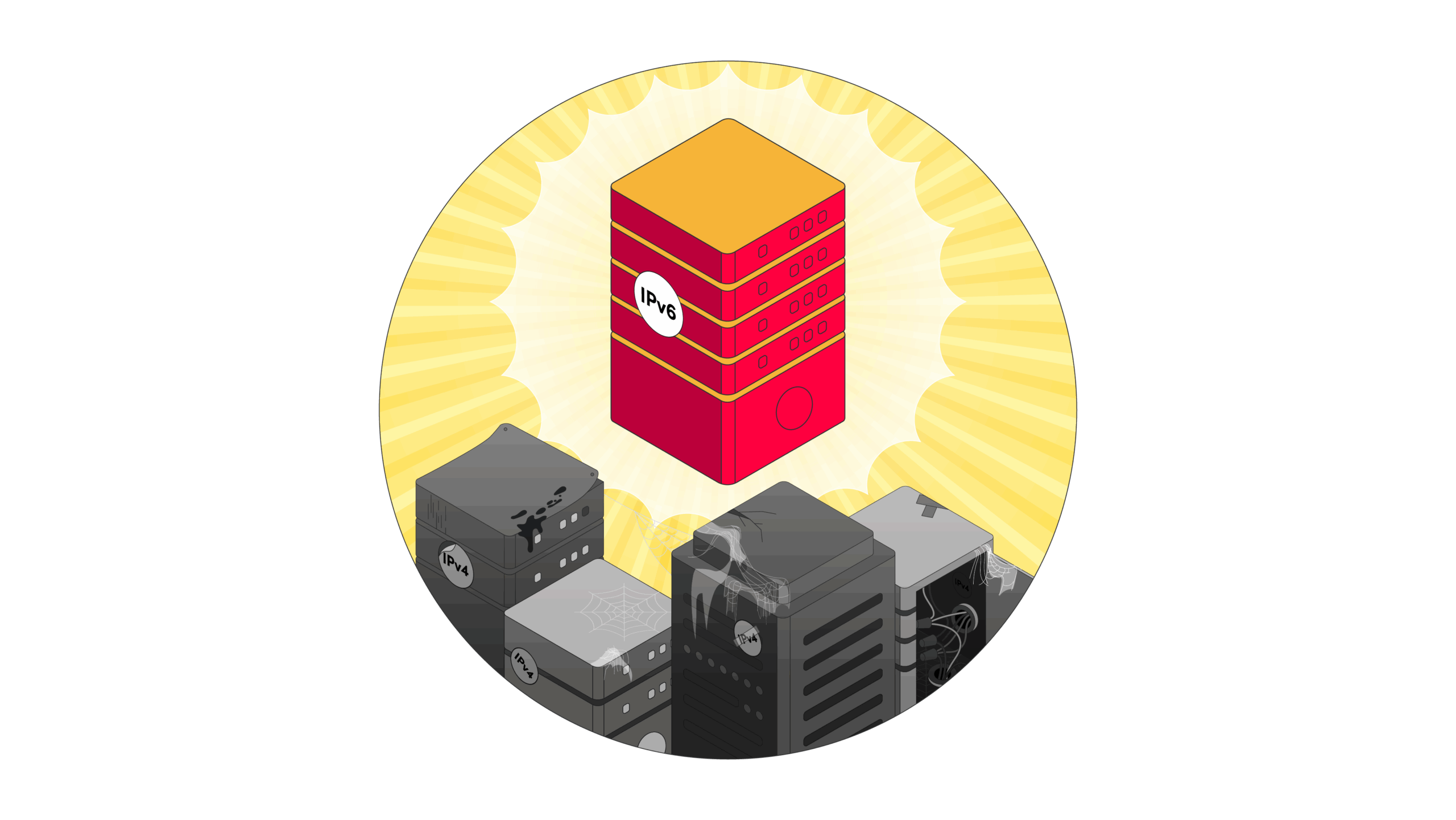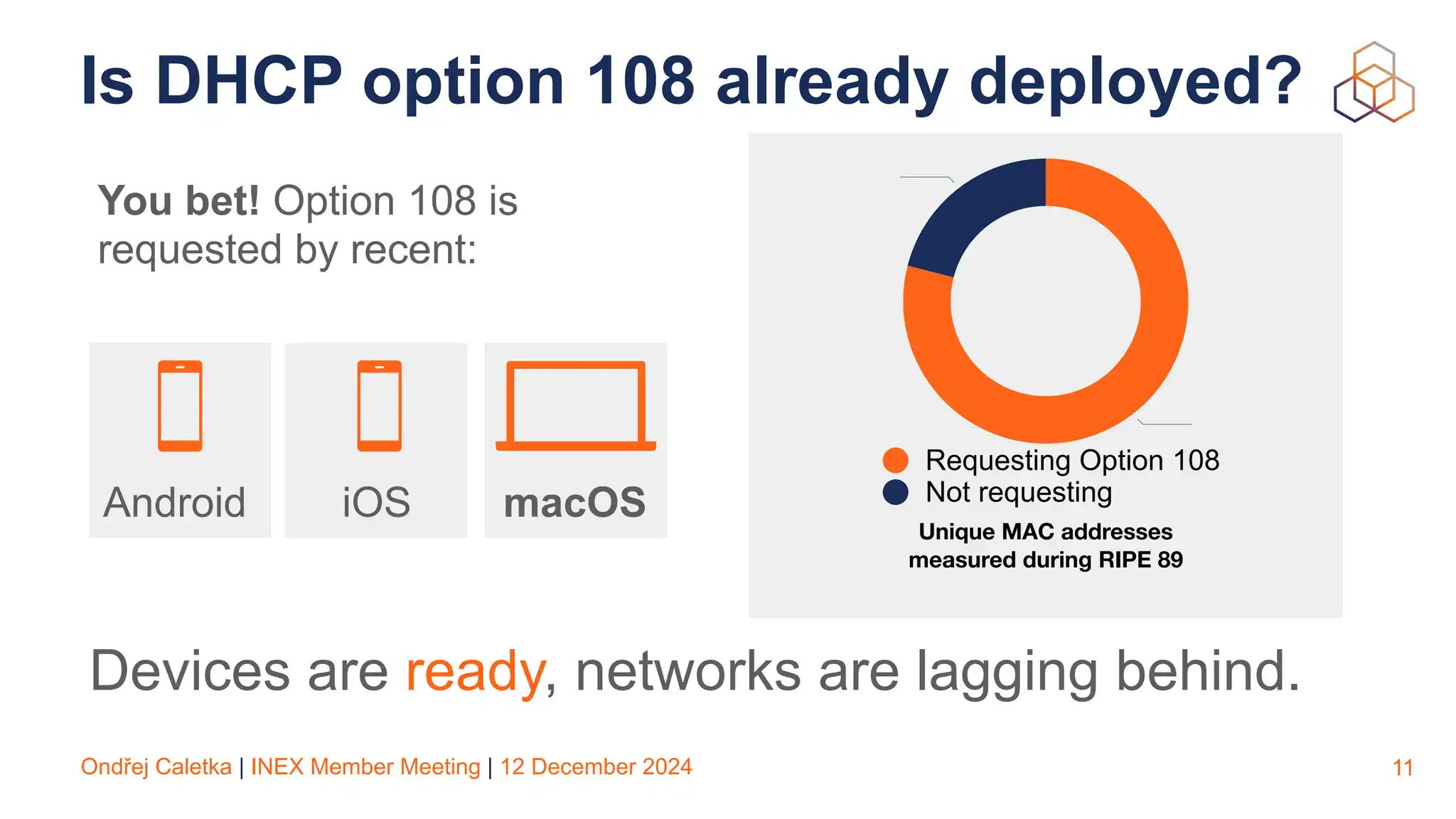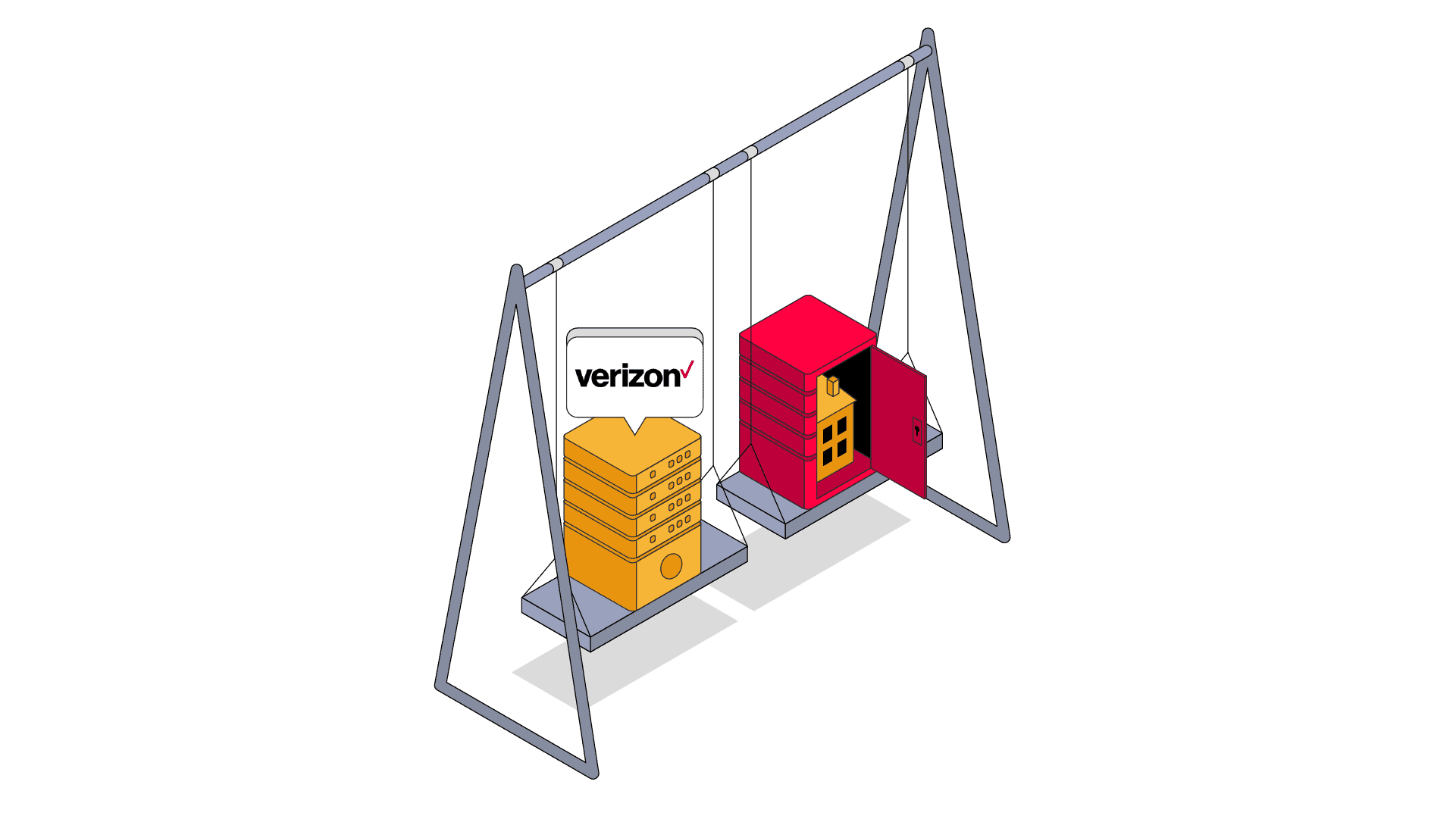IPv6 Proxy Guide: What You Need to Know
The internet today runs on IPv4 protocol – but the protocol is wildly out of date. IPv6 is the future – it’s just unclear how near or far it is. However, IPv6 will replace IPv4 as well as the pile of patches and workarounds needed to keep it going. And with that, IPv6 proxies will be the dominant type of proxy in the market. Futureproof your plans by learning about it now.

What Are IPv6 Proxies?
IPv6 proxies are proxy servers that support online communication over the IPv6 protocol. IPv6 is meant to replace the current IPv4 standard. This is a must: IPv4 addressees – necessary for online data exchange – are 8-bit long (and look like this: 104.21.55.78). This allows for about 4 billion unique addresses. As of 2025, there were 5.5 billion internet users. Since there are a lot more devices that there are users, unique IPv4 addresses ran out a long time ago.
An IPv6 address looks like 2001:0db8:85a3:0000:0000:8a2e:0370:7334 – longer and made up of numbers and letters. This would give us 340 undecillion unique IP addresses, enough to make every sock in the world Wi-Fi capable. IPv6 proxies are configured to use this longer address as well as other new features, like a shorter header (think labels for data packages).
On a semi-related note, some businesses call their IPv6 gateways – which translate IPv6 traffic into IPv4 and back again – “IPv6 proxies.” The differences between those are murky – they’re both intermediaries for your data – but a regular IPv6 proxy won’t necessarily be able to handle IPv4 traffic.
What’s the Difference Between IPv4 and IPv6 Proxies?
The crucial difference between IPv4 proxies and IPv6 proxies is the kind of protocol they use: IPv4 for the former, and IPv6 for the latter. As the two formats aren’t interoperable, online infrastructure has to be built to be able to use IPv6.
Here lies the problem: building new infrastructure is expensive. So while IPv4 address exhaustion has been a known problem since the 1980s, the protocol soldiers on thanks to all sorts of smart tricks pulled to make it work. And since IPv6 adoption is slow – important websites like Amazon, Twitter, and GitHub still don’t support it – internet providers don’t feel the pressure to adopt it either.

This is not a universal constant across the globe. China sees IPv6 adoption as a national goal and India leads IPv6 adoption on a global scale. Part of this is, reportedly, because Asian nations got slim IPv4 address allocations. Meanwhile, companies in the west had plenty of IPv4 to go around and consequently invested into the tricks that keep it going.
One such trick is Network Address Translation (NAT). These services stand between their own networks and the wider internet. They work as a post forwarding service for the data coming from their own networks, meaning that only the NAT has to have a unique address. At the smallest scale, NAT can exist on your router, so devices using Wi-Fi wouldn’t need unique IPs. At large scales, CG (carrier-grade) NATs exist for ISP networks.
What does that mean for proxies? On the technical side, IPv6 proxies could be faster because they have shorter headers and sort data in more advanced ways. But on the practical side, IPv4 proxies are both less likely to get banned and more useful in the immediate term. More on that in the next section.
What Are the Benefits/Drawbacks of IPv6 Proxies?
IPv6 proxies have several things going for them, but a few downsides as well.
| IPv6 pros | IPv6 cons |
Virgin proxies: due to both slow adoption and the potentially endless variety of proxy addresses, you can find IPs that have never been used before. | Low adoption: while large websites are increasingly adopting IPv6, not all of them are. At the time of writing, Twitter, Amazon, and Github are still IPv4-only. |
Security: IPv6 is inherently more secure than IPv4, with IPSec protocol for authentication and encryption applied by default. | Easy bans: as IPv6 isn’t yet widespread, any suspicious (bot-like) connections are unlikely to come from residential addresses – as such, websites and services are more likely to ban them without the fear of affecting actual customers. |
Speed: IPv6 doesn’t have to deal with NAT (Network Address Translation) and has simpler datagram (data package) headers, so it should work faster. |
Can I Get IPv6 Proxies? Can I Get Residential IPv6 Proxies?
You can already get IPv6 proxies – the providers are slowly ramping up the supply. Outside of countless small suppliers, you can see companies like Oxylabs and IPRoyal advertising their wares. What’s more, Oxylabs claims theirs are drawn from their 175M+ pool.
However, considering that the total advertised pool of Oxylabs is 175 million, it’s doubtful that they would have a large separate supply of addresses just for the IPv6 demand.
So finding genuine IPv6 residential proxies is still difficult – the vast majority will be data center ones. But providers are stepping up their game. Several big name proxy companies now boast IPv6 proxies, including residential:
| Bright Data |
| Rayobyte |
| IPRoyal |
Moreover, some offer additional services to increase usability: Bright Data supports failover which switches to IPv4 if you’re trying to access a service that doesn’t support IPv6.
Why Are IPv6 Proxies Generally So Cheap?
IPv6 proxies are generally cheaper than IPv4: for example, at the time of writing, a dedicated IPv6 IP on Rayobyte costs $0.20 while a dedicated IPv4 IP is $2.50. That’s because the supply still outstrips the demand:
- IPv6 proxies are mainly datacenter: data centers may provide powerful and stable connections, but they are also very likely to end up blocked.
- IPv6 is less useful: a large chunk of major websites outright don’t support IPv6 connections, making them very limited in deployment.
What’s the Future of IPv6 Proxies?
The future will run on IPv6, it’s just hard to tell how long it will take. There is progress in adopting the new standard, but it’s slow. Hopefully, the process will speed up before the internet is paralyzed by IPv4’s workarounds finally breaking under the strain.
Conclusion
Today, IPv6 proxies lack the universality of IPv4. It’s not the fault of the technology itself, but of the inertia of the wider tech world. But with adoption inexorably coming, proxy suppliers are starting to adapt. Before long, IPv6 offerings are going to be as good and prominent as IPv4s.
You May Also Like:

